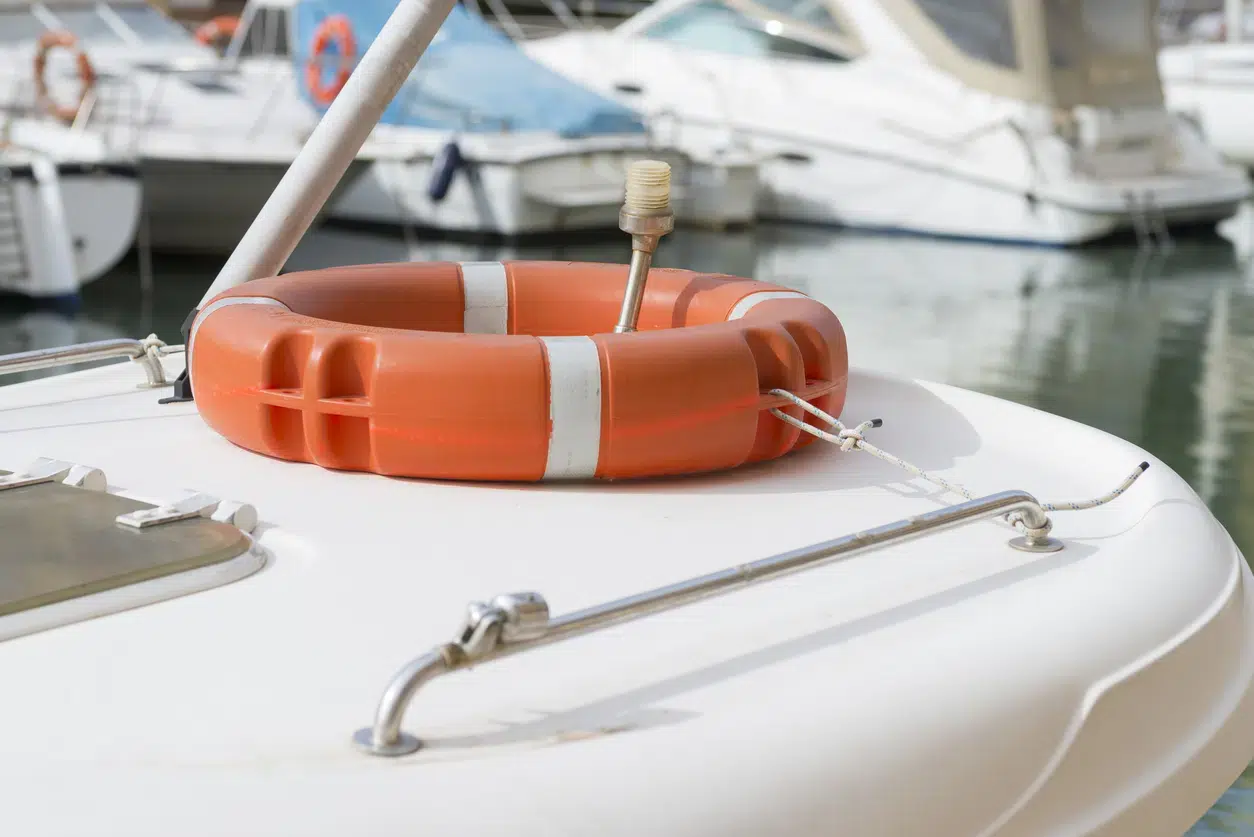When Is Comparative Negligence Law in Texas?
Often, it’s assumed that when any accident happens, it’s one person’s fault. But in fact, it’s common for an accident to have been caused by more than one person. That includes boating accidents. For example, suppose someone under the influence of alcohol is driving one boat and hits another boat. But the other boat was going faster than allowed in that area. Both people have some responsibility for the accident.
When trying to pursue damages, this can make the claims process even more complicated than it already is. Each state in the U.S. has chosen a type of comparative negligence to use as a model when apportioning liability and determining whether or not someone is eligible to receive damages:
Contributory Negligence
This model says that if the victim is found even just 1% responsible for the accident, they’re ineligible to receive damages.
Pure Comparative Negligence
This model says that even if the victim is found 99% at fault, they can still receive 1% of any damages awarded to them.
Modified Comparative Negligence
This model says that if the victim is found about half liable (the exact percentage varies by state), they can’t pursue damages. If they’re under the threshold, they can pursue damages but will only receive the damages minus the percentage of fault assessed. For example, if someone is found 30% at fault for an accident that caused them injuries, they could be awarded $10,000 in damages but only receive $7,000–$10,000 minus 30%.
Texas follows modified comparative negligence. The threshold is 51%. If someone is found 51% or less at fault, they can pursue damages minus the percentage of their fault. They’re ineligible for damages if they’re found 52% or greater at fault.
This means there’s significant motivation to find the victim as much at fault as possible so they can receive little or no financial reimbursement or compensation. That’s one of the reasons working with an experienced personal injury attorney is crucial: They understand the law and know what tactics others involved, including insurance companies, could use to try to reduce their liability.
How Are Liability and Negligence Proven in Texas?
Proving negligence in Texas (which helps establish who’s liable and for what portion) has four elements, all of which must be proven for the claims or lawsuit to be successful.
- Duty of care. A duty of care is what someone owes another person. It demonstrates that they take reasonable caution to prevent someone else from becoming injured or otherwise harmed.
- Breach of the duty of care. When the duty of care is disregarded, someone is no longer taking adequate steps to prevent accidents and injury. In the example above, someone who consumed enough alcohol to make it unsafe to operate a boat may have breached the duty of care.
- Causation. This is one of the most critical elements in personal injury cases. Just because someone breached the duty of care doesn’t mean it automatically caused an injury. The victim must prove that the breach of the duty of care directly caused an accident that led to the victim’s injuries. The causation has to show that if the breach of the duty of care hadn’t happened, the accident would likely have been avoided. In the previous example, the boat operator who’d been drinking should have known that becoming intoxicated while driving could lead to a dangerous situation for others. But because they continued operating the boat, they caused an accident that harmed another.
- Damages. The victim must prove there were actual damages caused by the accident. There are essentially two types of damages a victim may be able to claim, depending on the circumstances and severity of the accident:
- Economic. This includes all financial losses, including out-of-pocket medical costs, property damage, and lost wages. Medical costs are a broad category that can include future medical costs and those incurred in the immediate aftermath.
- Non-economic. This may include compensation for pain and suffering, which isn’t quantifiable financially.
Is There Anything I Shouldn’t Do After Being Injured in a Boating Accident in Texas?
There’s something vital you not do after an accident of any kind, including boating, and that’s to engage in conversation about the accident with the other people involved, their lawyers, or their insurance representatives. The only conversation that should occur is exchanging names, contact information, and insurance details with the other parties in the accident. But that’s all–don’t talk about the accident.
There are two reasons for this. The first is that due to Texas’ modified comparative negligence law, they’re looking for you to say something that could be construed as taking responsibility for the accident so they don’t have to pay damages, or at least not much. The second reason is that they may try to convince you to sign a much lower settlement agreement than you might be eligible for. Don’t respond to communications. Instead, forward them to your attorney.
What Should I Do if I Was Injured in a Boating Accident in Texas?
Call The Kahn Law Firm at 713-999-6549 for a free consultation. No one sets out to enjoy time on their boat, expecting to end up injured. These accidents can be traumatizing and frightening. Our team of experienced, knowledgeable personal injury attorneys understands what you’re going through. We can review the specifics of your accident and injuries and help you understand what may be possible with claims or litigation.





